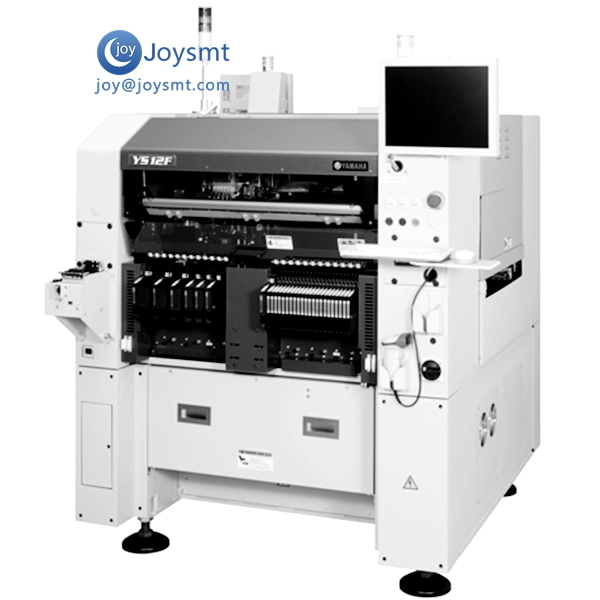Used SMT Machine vs. New Pick & Place Equipment??
Should you purchase new or used pick and place equipment? The decision ultimately rests on your specific
requirements, but here we'll cover the pros and cons of each.

Used Equipment
The obvious reason to consider pre-owned and refurbished equipment is, of course, the price. You can
potentially get more capability and/or capacity for your money buy going with a used machine. Also, a
used machine generally has immediate availability, whereas sometimes new equipment can take four to six
weeks for delivery. Finally, buying used can bring a higher-end brand within your budget.
On the other hand, buying used can also wind up costing you more than buying new. Here are things to
consider when looking at used equipment:
1 Condition
Do you have the opportunity to inspect the machine before you purchase it? Has the machine been checked
by a qualified technician, or is it being sold as-is? What recourse do you have if the equipment arrives
at your facility and doesn't meet your expectations?
2 Capability
Big savings could mean a big trade-off in technology. How does the machine you're looking at handle
component alignment? Mechanical centering means every component must be mechanically aligned before it's
placed, which is not only less accurate than vision alignment but also puts components at a risk of
damage. Laser centering is contactless, but it also isn't as accurate as vision alignment. Today's
machines often come standard with flying vision, and often also include bottom vision as standard.
What kind component range does the equipment handle? Do smaller components (0402, 0201, 01005) require
special nozzles and/or feeders? Does the machine come with those nozzles and feeders? Can you get those
nozzles and feeders?—see item #4.
How is the machine programmed? Manual text entry is tedious and highly susceptible to error. You'll want
to be able to "teach" the machine using a vision system at the minimum.
3 Warranty
Is the machine under warranty? If so, is the warranty transferrable? If not, does the seller offer any
warranty?
If the machine you purchase is not under warranty, all support, repairs and replacement parts will be at
your expense. It would be a good idea to find out what the service rates are before committing to a purchase.
In some cases, if you didn't purchase the used equipment directly through the manufacturer, you may be
required to register the equipment through the manufacturer before you get any service. Registration can
come with a hefty fee. Check this out with the manufacturer before you buy any used machine.
4 Feeders and spare parts
It's unlikely that the machine you're looking at on ebay will include exactly the feeders your job(s)
requires. If you are looking at a used make or model that is no longer being manufactured, can you still
get feeders and spare parts for it?
Just as with service above, if you purchase the used equipment from someone other than the manufacturer,
you may be required to pay a hefty registration fee before you can purchase parts and feeders from them.
Find out before you commit to the equipment!
5 Software
If the machine is computer-operated, what version of its operating software is it running? Will you be
able to upgrade to the latest version? Will you be eligible to receive updates as they come out?
6 Manuals
Does the operating manual come with it. If not, can you get a copy from the manufacturer?
7 Training and support
Will you require someone knowledgeable to install the machine or train you in its use? If so, can the
seller provide this? At what cost? Knowing how to set up and program the machine can make a big
difference in your output, your uptime, and your overall satisfaction with the purchase.
Also, does your seller have technicians to provide support for the equipment, or are you on your own?
New Equipment
New pick and place equipment means the latest technology, in both hardware and software. It comes with a
full warranty, an up-to-date user manual, and some level of service and support, often to include
installation and on-site training.
Proper installation and training can save you big in productivity costs, especially as you're getting up
and running.
New pick and place machine is less likely to experience breakdowns, which means less downtime. In the
event that you do have a problem with your machine, it should be covered by the warranty.
You'll also be able to purchase exactly the feeders you need for your job(s). If you're dealing with an
established company with a solid reputation, feeders and spare parts will likely be available for years
to come.
The cons of new equipment are, obviously, the up-front cost and, often, a longer delivery time.

